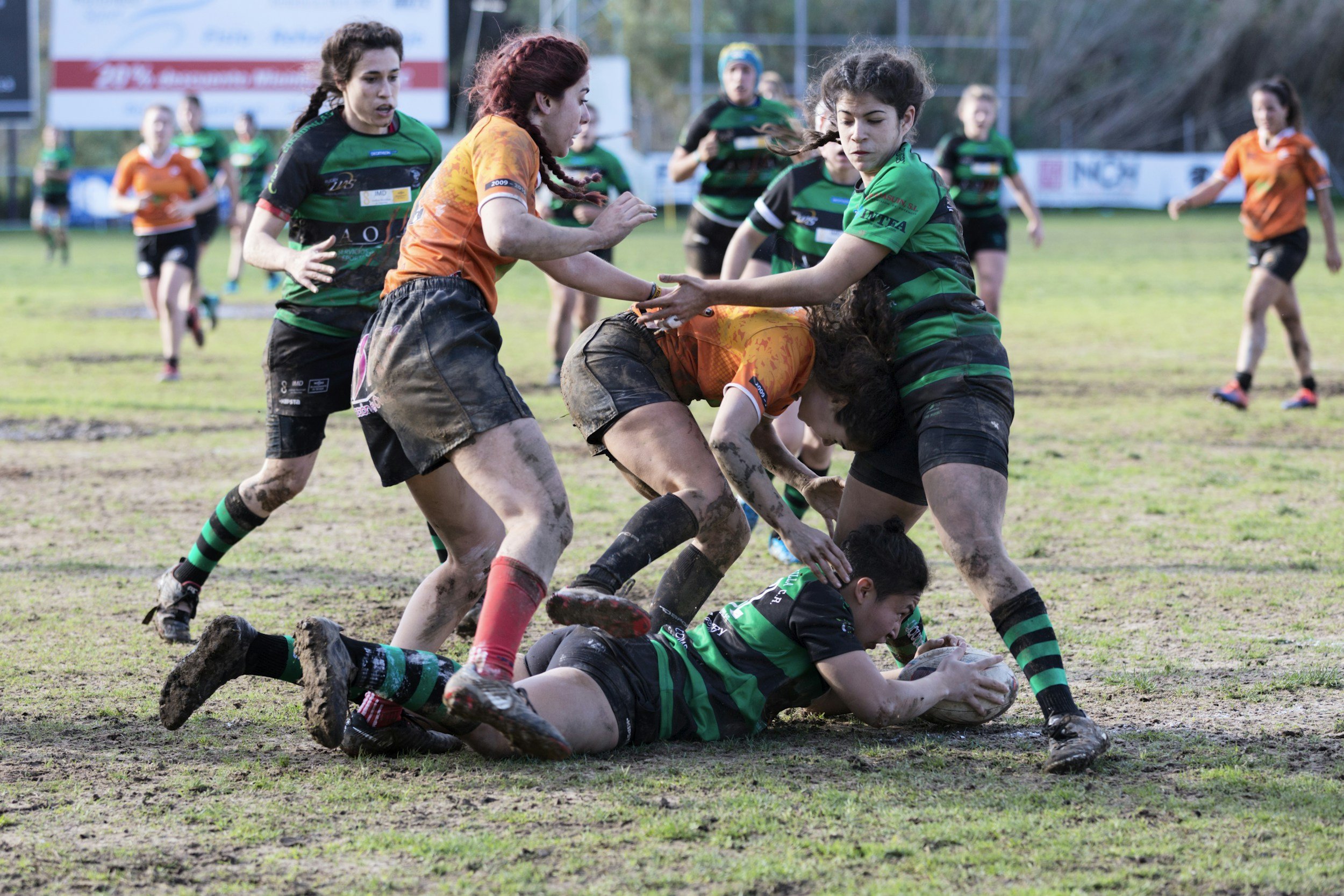
The Anterior Cruciate Ligament
Injury, Reconstruction and Rehabilitation
The anterior cruciate ligament (ACL) is one of the primary ligaments in the knee, connecting the femur (thigh bone) to the tibia (shin bone). It is located in the centre of the joint, running diagonally and front to back, to provide stability. The ACL helps prevent the tibia from sliding too far forward relative to the femur, and plays a role in controlling rotational movements of the knee.Anatomically, the ACL consists of two main bundles—the anteromedial bundle and the posterolateral bundle—each providing stability in different knee positions. The ligament is under constant tension throughout range to maintain knee integrity during movement.The ACL is the most commonly injured ligament in the knee, and is frequently injured during activities that involve sudden stops, pivots, or changes in direction, especially in sports like football, soccer, skiing, basketball and volleyball. Injuries typically occur when there’s a forceful impact or rapid twisting of the knee, and usually in a non-contact mechanism, often leading to partial or complete tears of the ligament. ACL injuries are often associated with other knee damage, such as tears to the meniscus or other ligaments, and often result in instability and pain. Many individuals opt for surgical repair to aid in full recovery.Did You Know?
Your risk of ACL tear is higher ifYou are femaleThere is a family history of ACL tearYou have had a prior tear +/- reconstruction of the ACLYou participate in sports requiring jumping, cutting and pivotingYou move poorly, or are deconditioned to your activity
ACL Rehabilitation
Whether you opt for surgical management, delayed surgical management, or conservative management, you will need to undergo intensive physiotherapy to assist in making a full recovery. Acute Phase (approx. 0-6 weeks)Following an ACL injury or reconstruction, the primary goals of treatment are to control pain and swelling, regain range of motion, optimise gait patterns, and maintain as much strength and function as possible. You may visit the physio weekly or bi-weekly for treatment.Sub-Acute Phase (approx. 4-12 weeks)Once adequate range of motion is achieved, swelling is controlled, and you are walking normally, the frequency of treatment may reduce as focus shifts more to regaining strength. The primary goal of this phase is to regain strength in the legs and trunk. You should have a strength program to complete multiple days a week and may be given clearance to return to the gymReturn to Running and Impact (Approx 3 months +)Traditionally, 3 months post-injury/reconstruction is the earliest recommended return to running. However, whether this is appropriate for you will be determined by your functional status rather than an arbitrary timeline. We will assess your strength, control, and symmetry through functional testing to determine whether you can safely run.Longer Term Rehab (3 months – 12 months)Risk of re-injury of the ACL is highest in the first 12 months following injury/reconstruction. It is therefore widely accepted that a return to sports involving cutting, jumping and pivoting should wait until then. Your rehabilitation should be guided by a professional for at least 12 months. You may or may not still need hands-on treatment, but your treatment will primarily have a strength and conditioning focus. How Much Treatment Will I Need?
There is no one size fits all answer here, as every situation is unique. However, a typical and uncomplicated rehabilitation schedule following ACL reconstruction may look as follows:Weeks 0-6: Appointments 2 x weekWeeks 6-12: Appointments 1 x weekMonth 3-6: appointments 1-2 x fortnightMonths 6-12: Monthly appointmentsMonths 12+: Ongoing as needed until goals of return to sport/function achievedHands-on treatment may be ongoing throughout your care, but once you reach the 3-6 month mark, a big focus of your treatment is strength and conditioning to regain your function and return you to doing what you love. Find out more about Strength and Conditioning hereNeed an Appointment?
Have a Question?
We’re here to help - send us a message!

